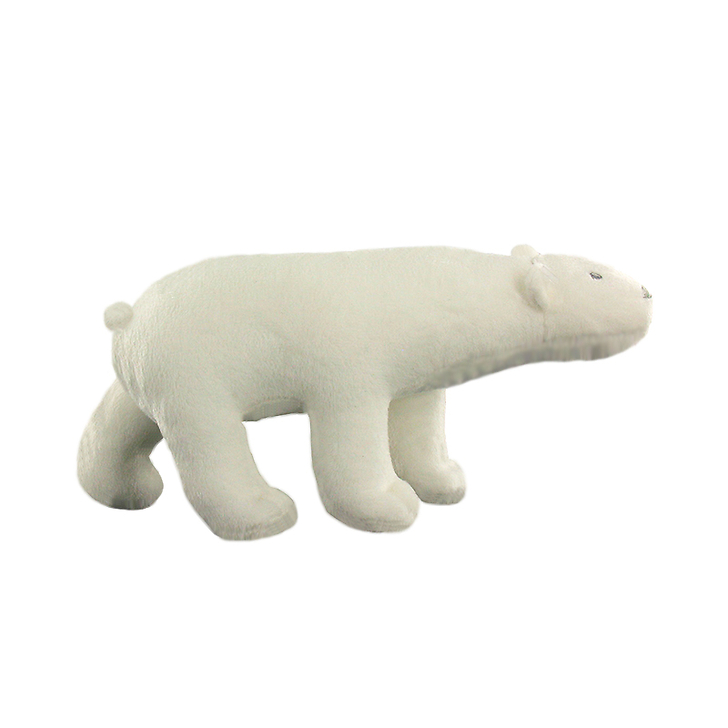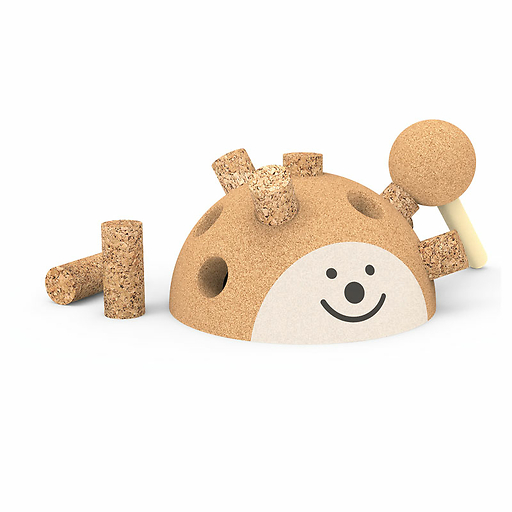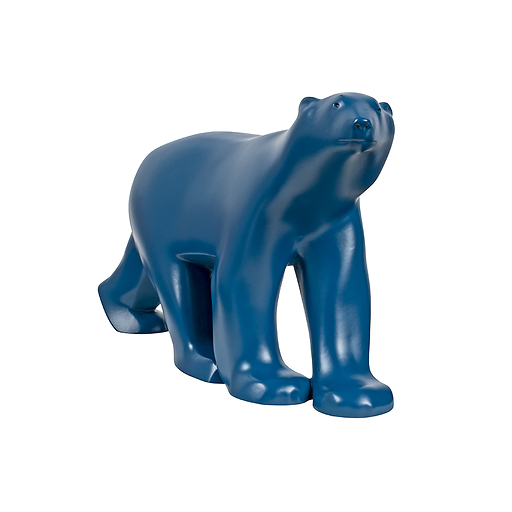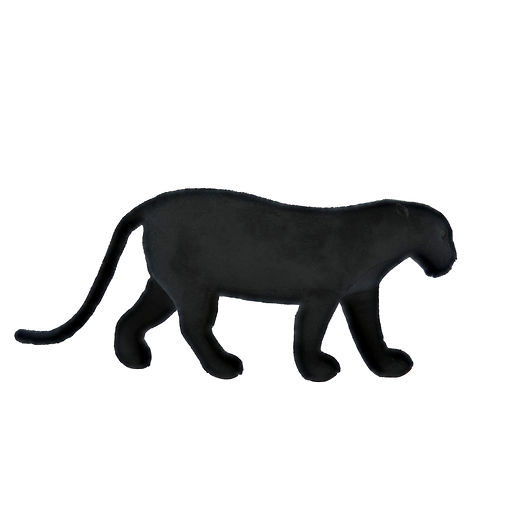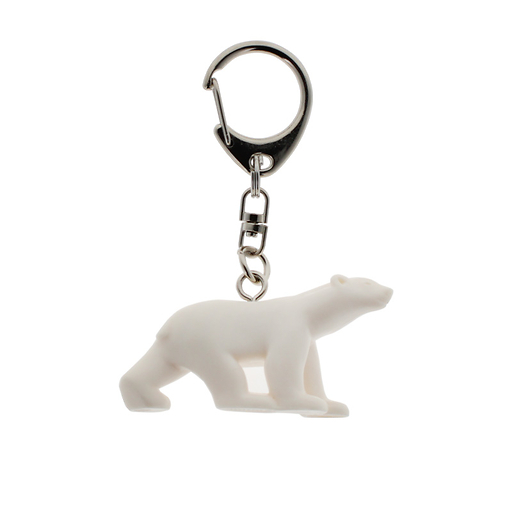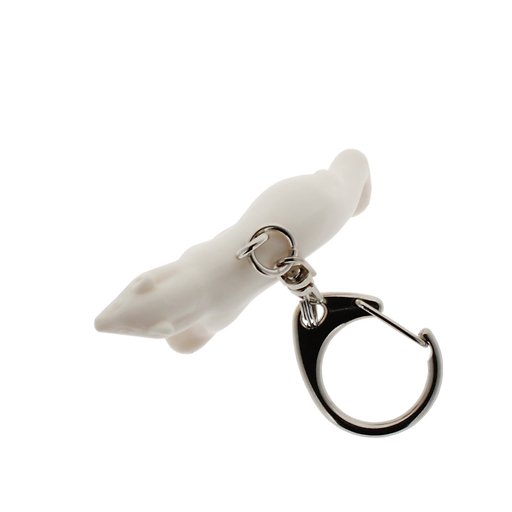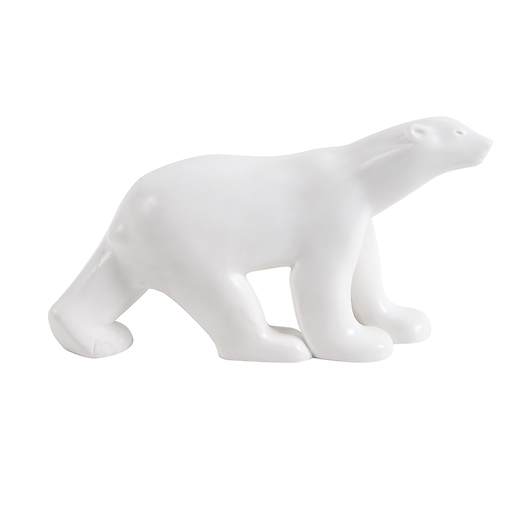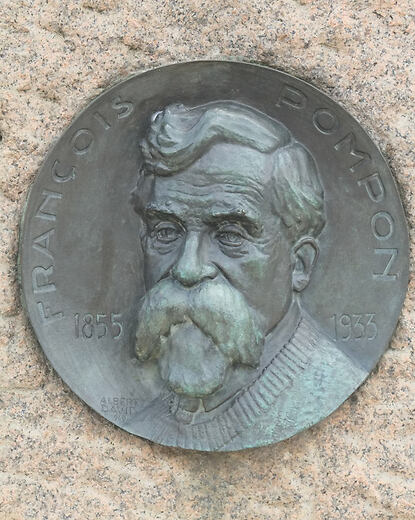François Pompon works since his 15 years at a marble first in Burgundy (Saulieu) then in Paris, where he arrives at 20, after studying the fine arts. Pompon, in his early days, is a sought-after practitioner, cutting marble for Auguste Rodin's workshop.
At first, he carved human figures; for example...
Read more
François Pompon works since his 15 years at a marble first in Burgundy (Saulieu) then in Paris, where he arrives at 20, after studying the fine arts. Pompon, in his early days, is a sought-after practitioner, cutting marble for Auguste Rodin's workshop.
At first, he carved human figures; for example, he created for the 1888 Salon a sculpture by Cosette, a famous figure of the * Misérables *; but he will soon abandon them for the benefit of the animals he will observe at the Jardin des Plantes.
Admiring the purity of Egyptian art, he took inspiration from it to achieve the smooth, featherless style of his sculptures.
The * White Bear * is the most beautiful result. During his presentation at the Salon d'Automne in 1911, at the age of 67, he finally obtained public recognition.
Close

